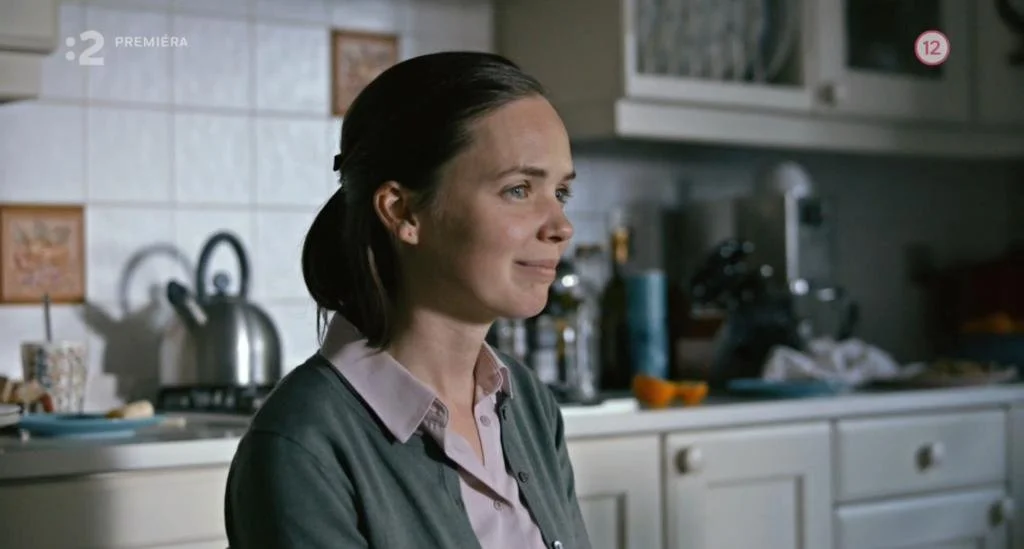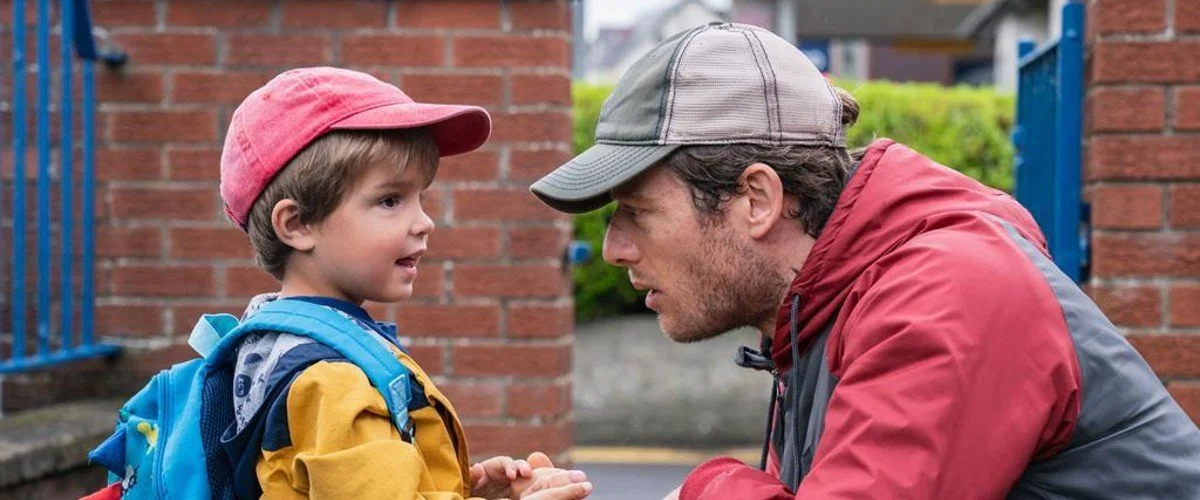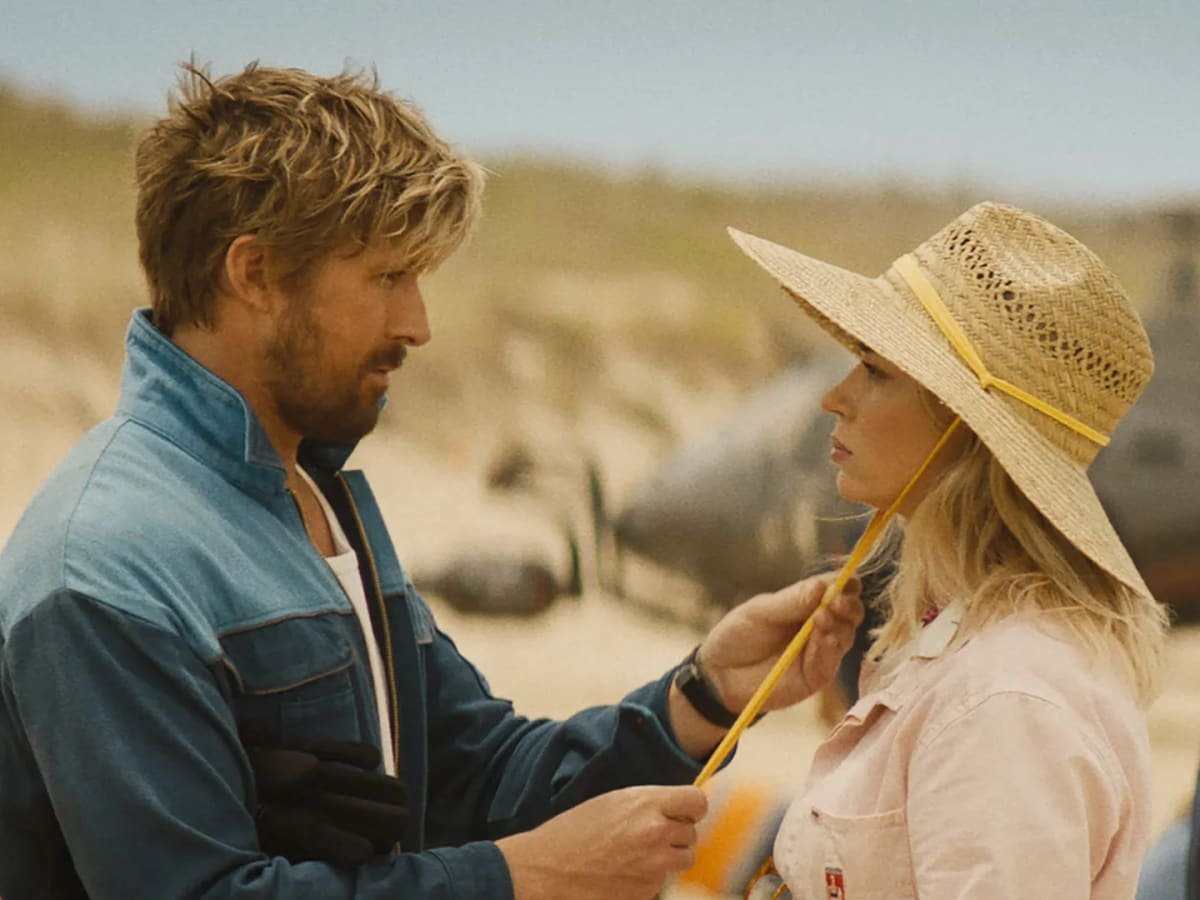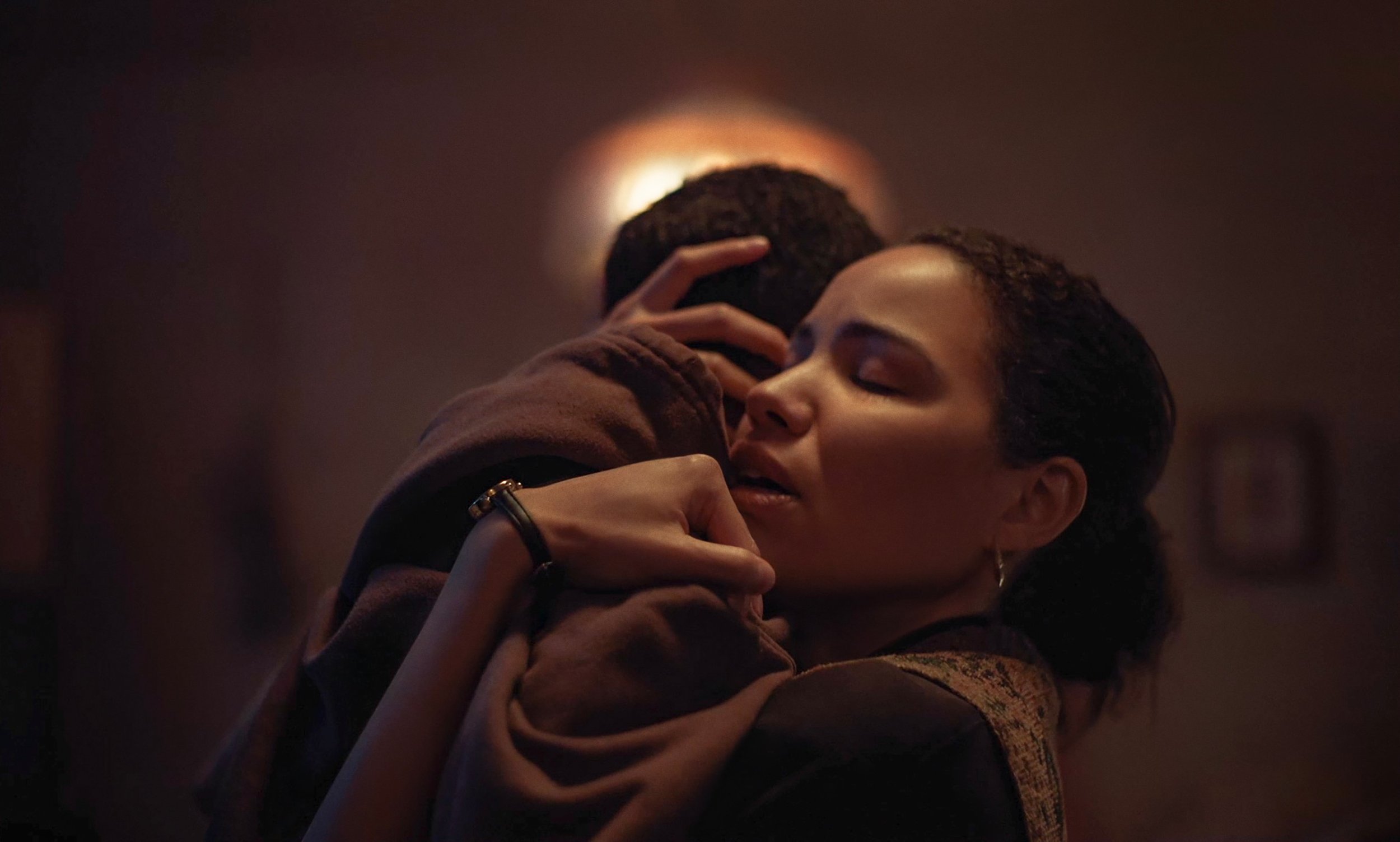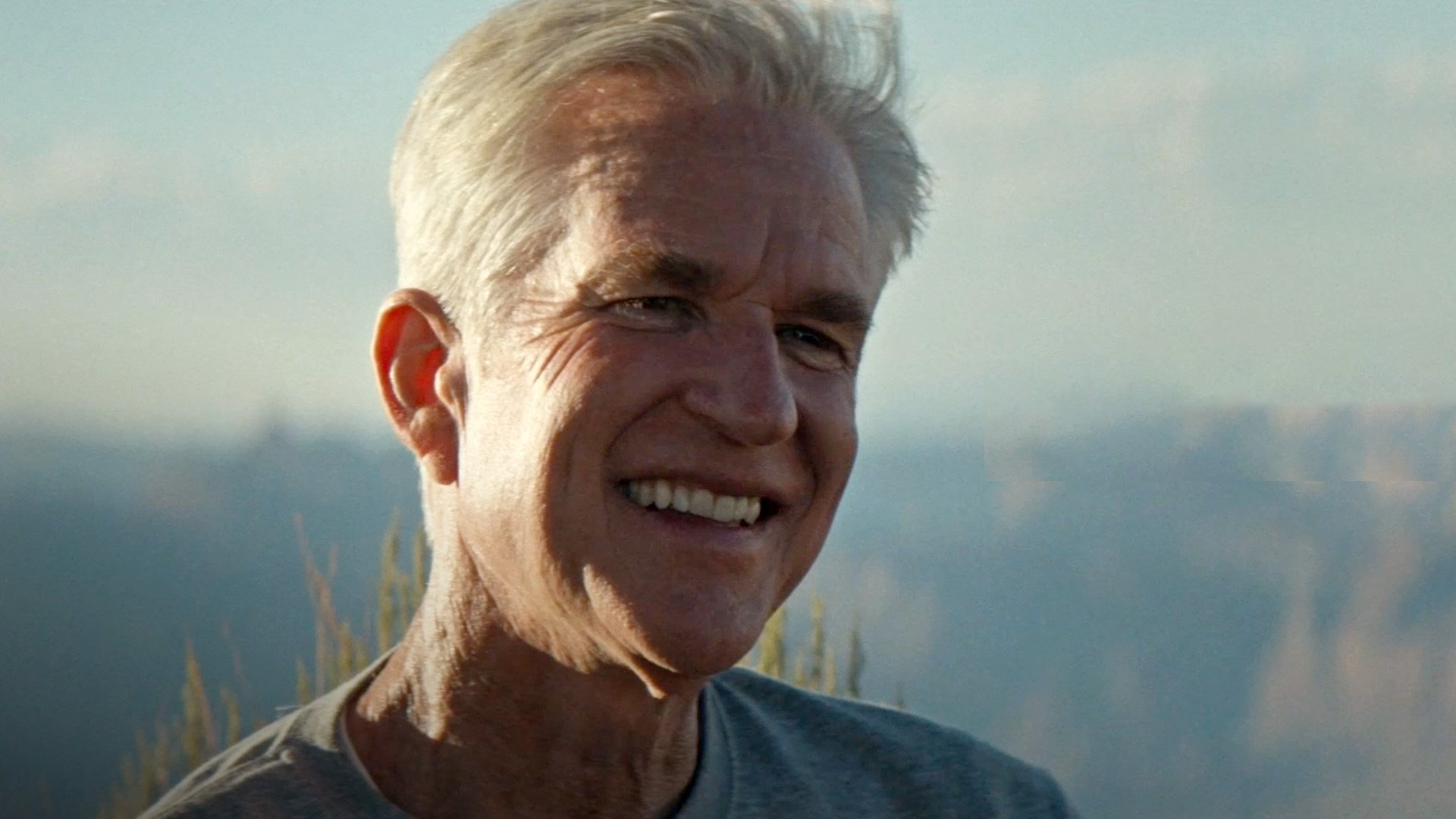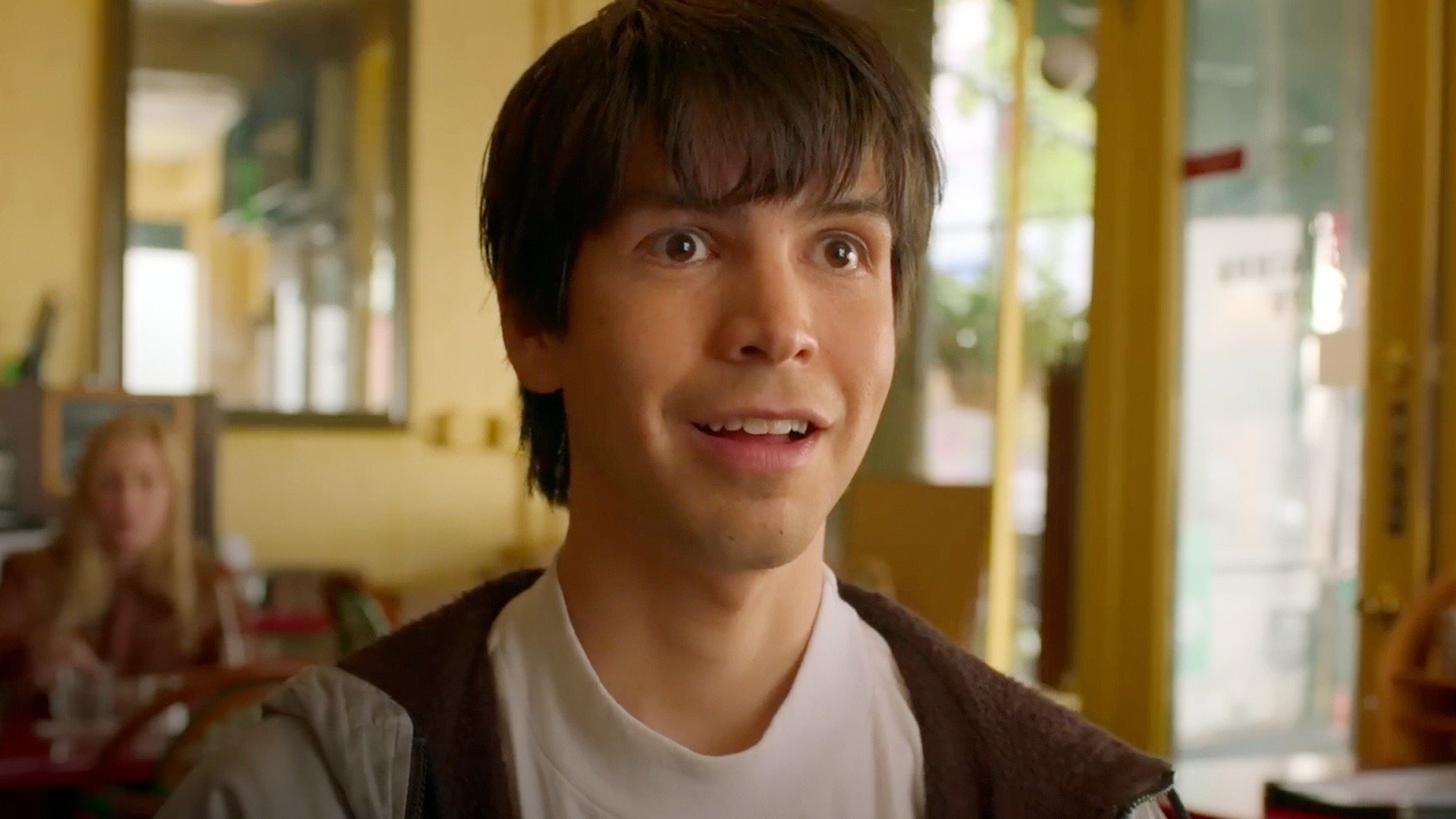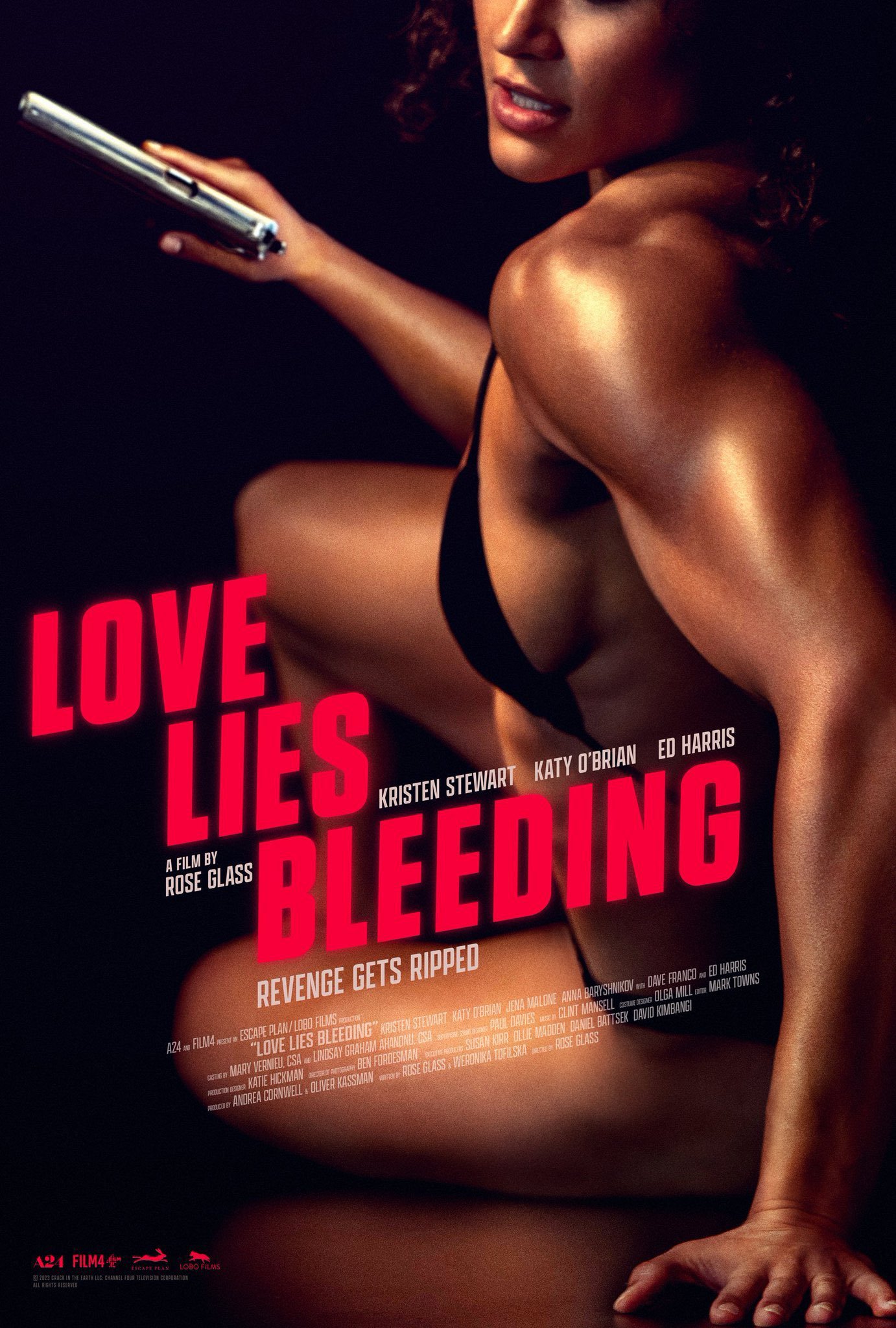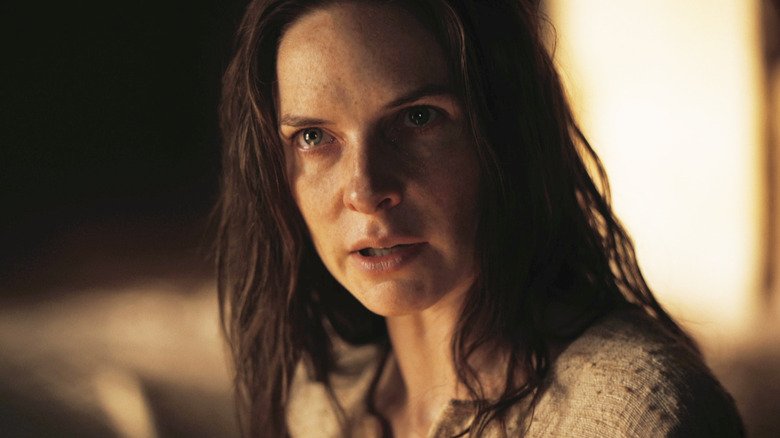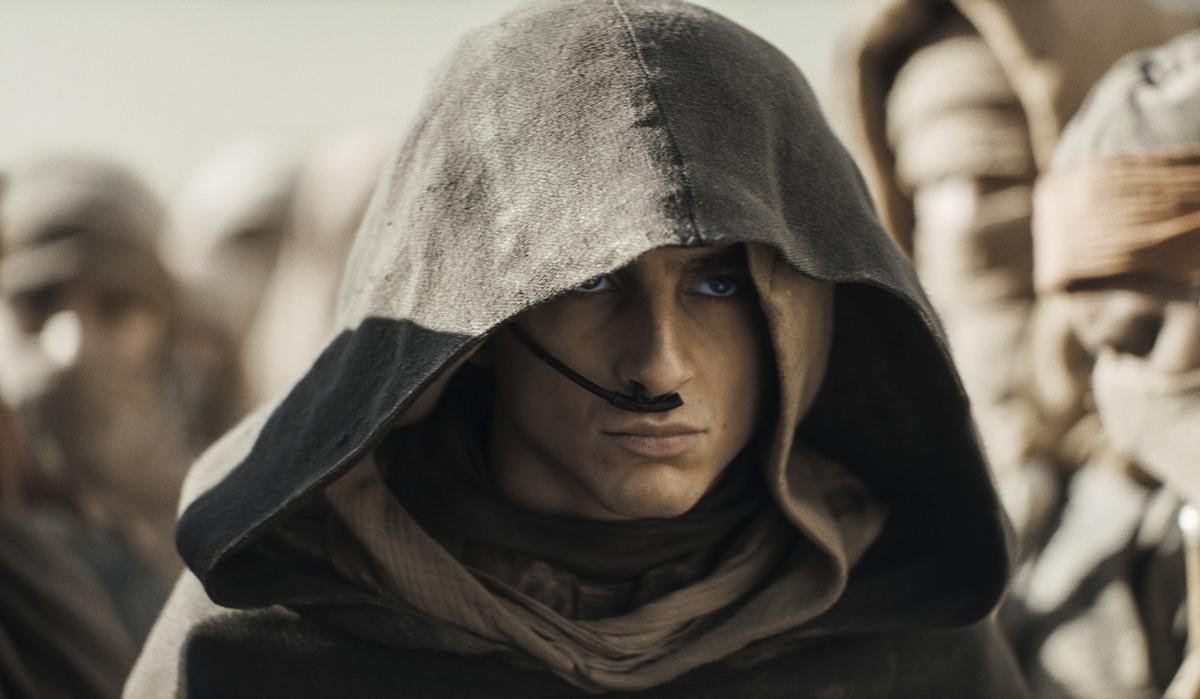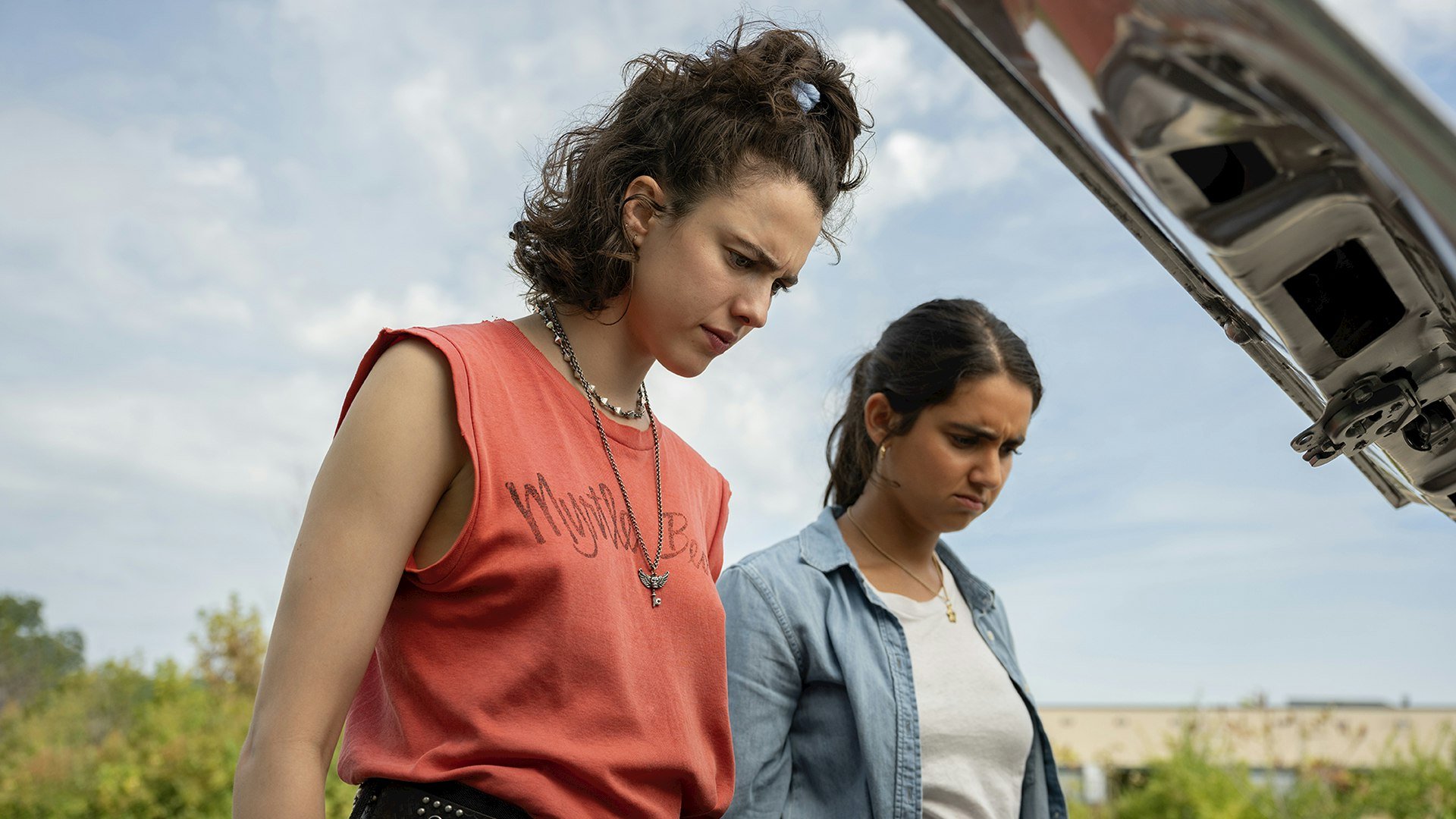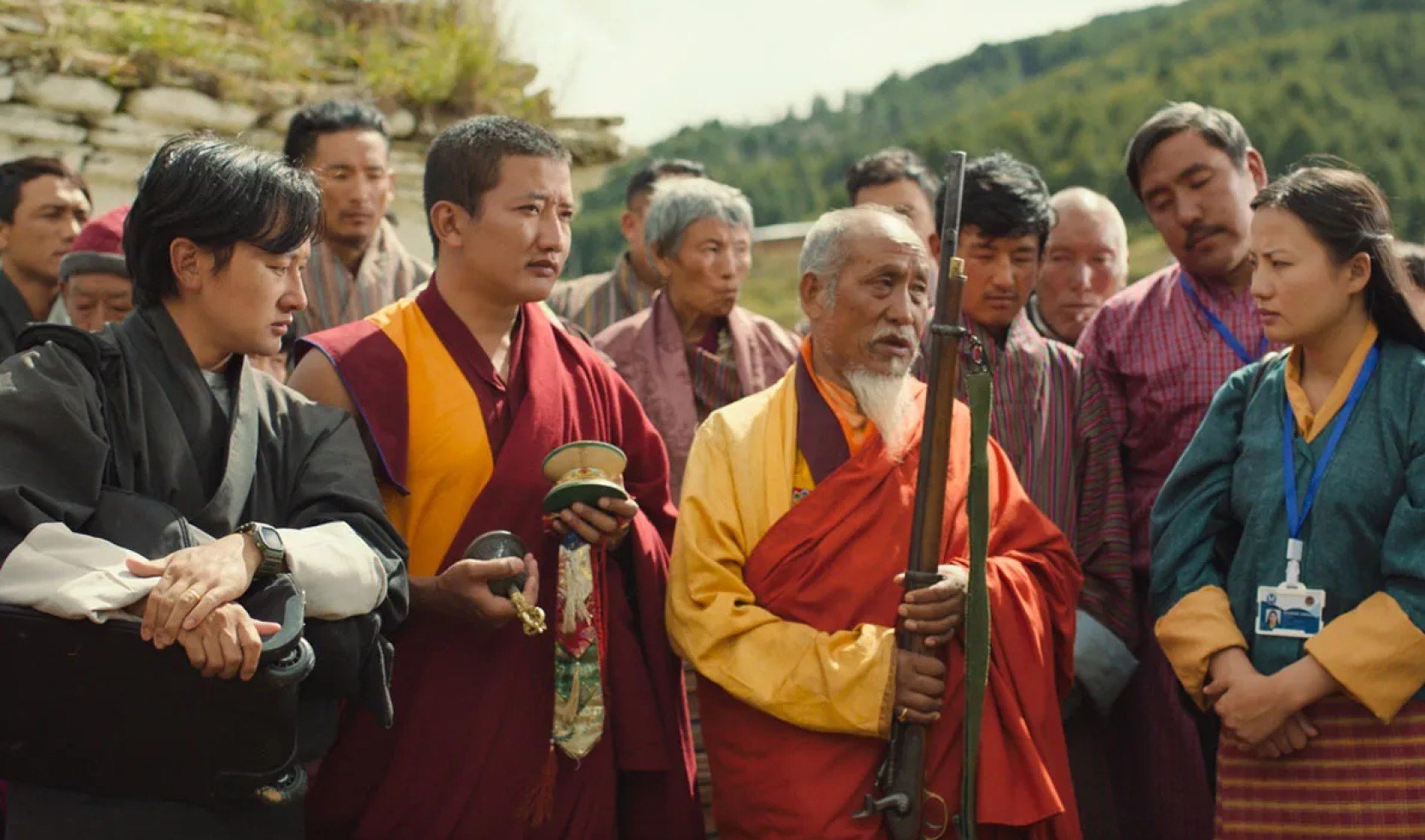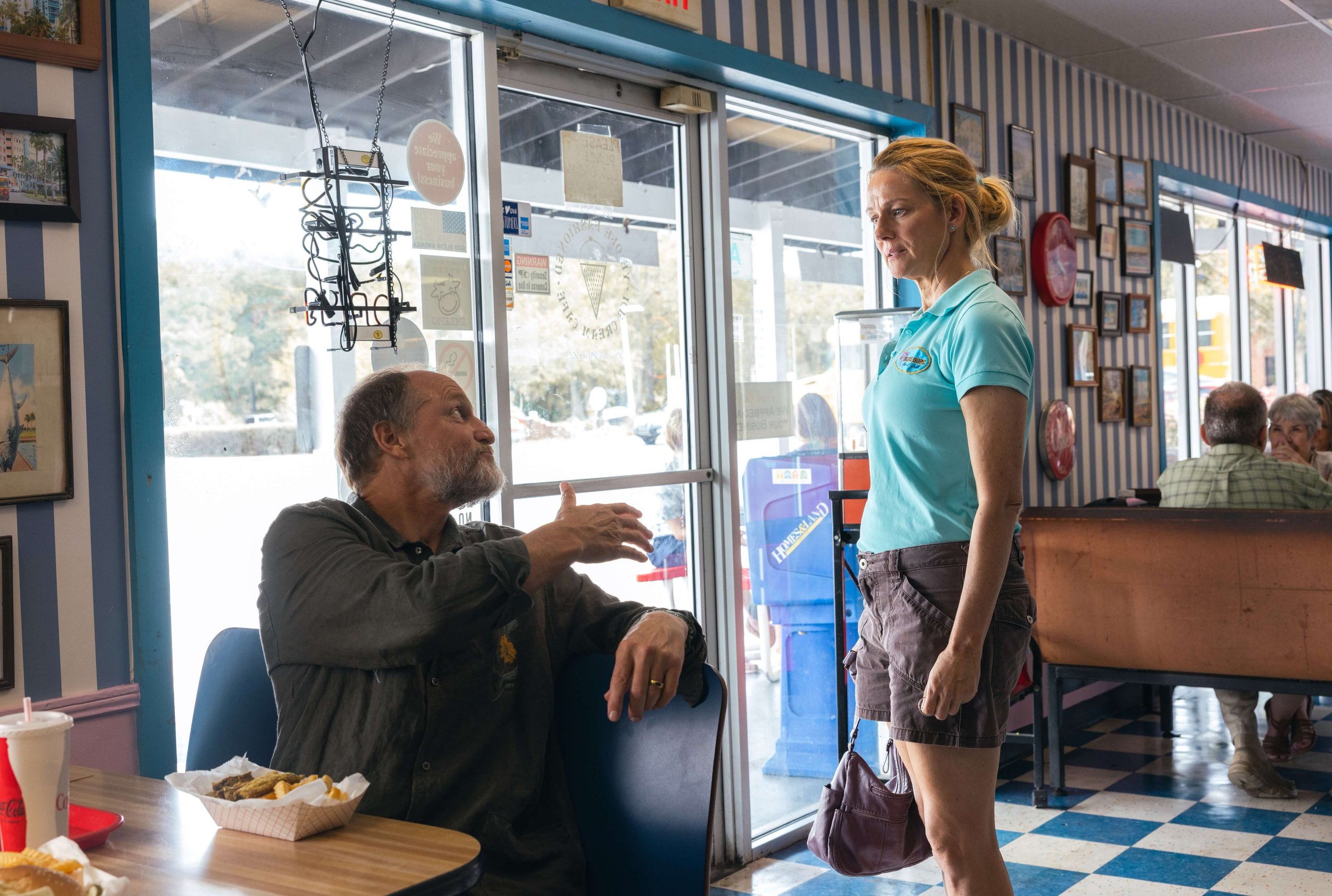Directed by: Marlo McKenzie and Jonathan Parker
Runtime: 98 minutes
‘Carol Doda Topless at the Condor’ is a revealing, insightful documentary
“No matter who you are, or where you come from, or what you like to do, something exciting and wonderful and different happens in San Francisco.”
A television reporter uttered the aforementioned statement, via archival footage, in directors Marlo McKenzie and Jonathan Parker’s documentary, “Carol Doda Topless at the Condor”, about Carol’s odyssey as a topless dancer and risky trendsetter.
In 1964, Carol, a cocktail waitress at The Condor - located in the North Beach neighborhood of San Francisco - soon began dancing on stage while wearing fashion designer Rudi Gernreich’s new swimsuit, the Monokini, which left little to the imagination from the waist up. The blonde-haired beauty, topless-dancer pioneer, or “Barbie doll on steroids” displayed no fear and carried charismatic “showwomanship”, which led to immense crowds, publicity, and notoriety at The Condor.
She became a one-of-a-kind sensation, and for many tourists and locals, Carol became an “exciting and wonderful and different” attraction.
McKenzie and Parker’s documentary explores Carol’s life, linearly, from her time at The Condor and post-Condor, through interviews with friends and colleagues, like fellow dancer Judy Mamou, former Condor owner Pete Mattioli, musicians Jerry Martini (of Sly and the Family Stone) and Jimi Mamou, and many more.
The film also presents a voluminous number of archival interviews with Carol herself, whether she appeared on talk shows, one-on-one with reporters in the club, or in and out of court. Through all these appearances over the movie’s 98-minute runtime, the audience sees Carol’s internal portrait in a few crucial ways. She enjoyed her job and wished to continue her profession without interruption, as legal fights threatened to stop Carol’s and, eventually, other dancers’ acts. Even though Carol bravely forged her way into an innovative style of entertainment, she is a sympathetic figure through an artificial physical transformation and her own serious doubts about finding a lasting, monogamous relationship. The doc unfolds with unexpected moments, including a couple of surprises surrounding Carol’s personal life, ones that will throw you back in your seat in disbelief, at least it did for this critic.
Rather than only focusing on Carol’s story, the film – along the way – expands into cultural issues of that time. It was the 1960s, so racism against Black dancers and interracial marriage reared its ugly head, which one may not suspect in progressive San Francisco.
Women’s rights and fights against or general acceptance of the “male gaze” are explored with academic rigor – with insight from author Florence Williams and others - so Ms. Doda’s experiences are studied and explained in retrospect here through – both - broad and precise sociological perspectives.
That said, Carol’s profession is on display, so this documentary certainly presents an abundance of still photos and clips of topless dancers, including Carol and others. As a warning, reserved audiences could turn bashfully red and be offended by the subject matter, discussions, and visuals. However, “Carol Doda Topless at the Condor” is a legitimate rated R and doesn’t venture into NC-17 or rated X terrain, but this film is not a first-date flick nor a weekend trip to the theatre with your reserved Uncle Harold or old-fashioned Aunt Gertrude.
For documentary buffs, “Carol Doda Topless at the Condor” is a revealing, insightful watch.
Jeff’s ranking
3/4 stars





